Morning Glory Syndrome Cure
Morning glory syndrome cure. The morning glory syndrome MGS or morning glory disc anomaly was named by Kindler in 1970 because of its resemblance to the morning glory flower1 It is a congenital funnel-shaped excavation of the posterior fundus that incorporates the optic disc with a white tuft of glial tissue overlying the central portion of the disc and the increased number of blood vessels arising from the. We report a case of retinal detachment in morning glory syndromeMGS. Dilated fundus exams should be done to detect serous retinal detachments that tend to originate in the peripapillary area and extends to the posterior pole.
To identify morning glory syndrome an uncommon optic disc anomaly. The treatment is symptomatic and is also directed towards preventing and treating the complications which may arise. Polypoidal choroidal vasculopathy can occur in morning glory syndrome and it can be successfully treated with anti-vascular endothelial growth.
In one patient the pituitary insufficiency was secondary to compression. Three eyes underwent combined vitrectomy and lensectomy. A limited trial of eye patching of the better eye in affected children less than 9.
Generally it is an isolated ocular abnormality. Chromosome and Gene Disfunction 74 Puzzle Pieces IV. The morning glory syndrome is an unusual congenital anomaly of the optic nerve characterized by an enlarged optic disk with deep excavation of the optic cup resembling the flower after which the syndrome is namedl The optic disk tissue frequently appears elevated.
A 14-year-old girl had headaches and sudden loss of vision as a result of total retinal detachment in association with the morning glory optic nerve anomaly. Eight patients underwent cranial MRIMR angiography or CT examination. Vitrectomy may be beneficial in the management of the morning glory syndrome and persistent fetal vasculature if accompanied by retinal detachment in similar cases.
Chromosome and Gene Regular Functionement 73 Puzzle Pieces III. Associated Chromosomes and Genes 72 Puzzle Pieces II. 8 rows Treatment includes surgery and may result in some recovery of vision.
Dilated fundus exams should be done to detect serous retinal detachments that tend to originate in the peripapillary area and extends to the posterior pole. Treatment methods varied depending on the severity of the complications.
Treatment methods varied depending on the severity of the complications.
The morning glory syndrome MGS or morning glory disc anomaly was named by Kindler in 1970 because of its resemblance to the morning glory flower1 It is a congenital funnel-shaped excavation of the posterior fundus that incorporates the optic disc with a white tuft of glial tissue overlying the central portion of the disc and the increased number of blood vessels arising from the. The treatment is symptomatic and is also directed towards preventing and treating the complications which may arise. However some cranial facial and neurologic associations have been reported. Depending on the other. In one patient the pituitary insufficiency was secondary to compression. A limited trial of eye patching of the better eye in affected children less than 9. The morning glory syndrome is an unusual congenital anomaly of the optic nerve characterized by an enlarged optic disk with deep excavation of the optic cup resembling the flower after which the syndrome is namedl The optic disk tissue frequently appears elevated. Three eyes underwent combined vitrectomy and lensectomy. To identify morning glory syndrome an uncommon optic disc anomaly.
A 14-year-old girl had headaches and sudden loss of vision as a result of total retinal detachment in association with the morning glory optic nerve anomaly. Chromosome and Gene Regular Functionement 73 Puzzle Pieces III. Morning Glory Syndrome Treatment. A limited trial of eye patching of the better eye in affected children less than 9. Dilated fundus exams should be done to detect serous retinal detachments that tend to originate in the peripapillary area and extends to the posterior pole. Polypoidal choroidal vasculopathy can occur in morning glory syndrome and it can be successfully treated with anti-vascular endothelial growth. Eight patients underwent cranial MRIMR angiography or CT examination.




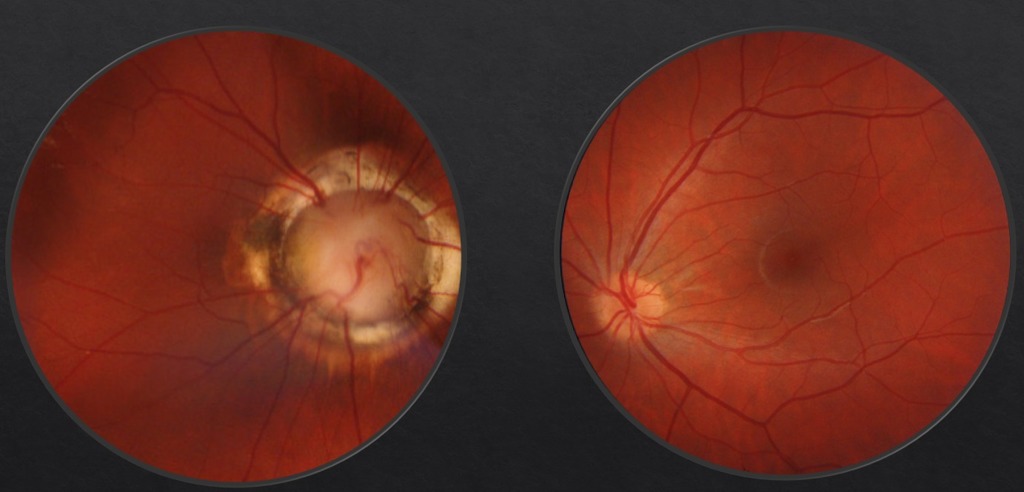
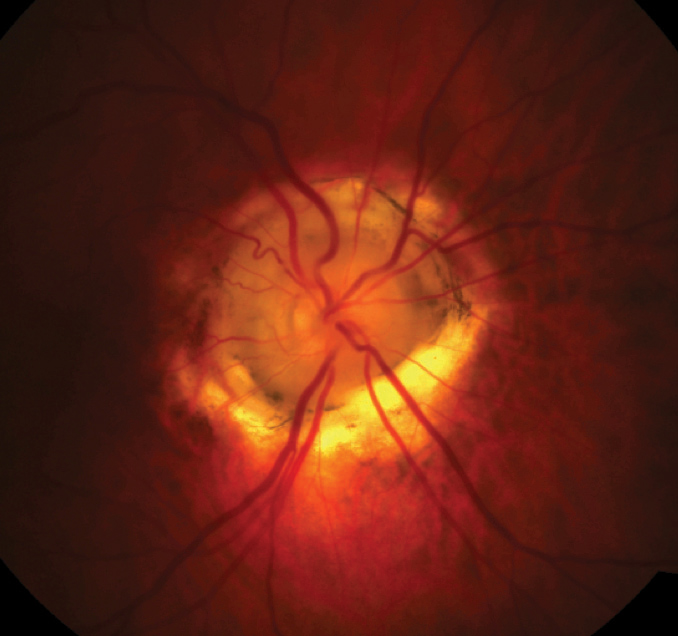
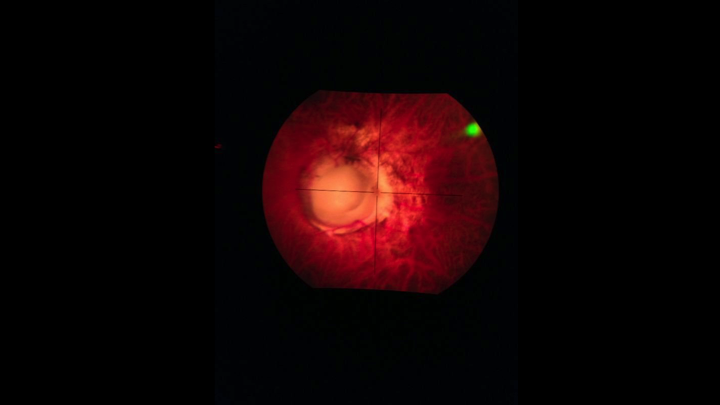






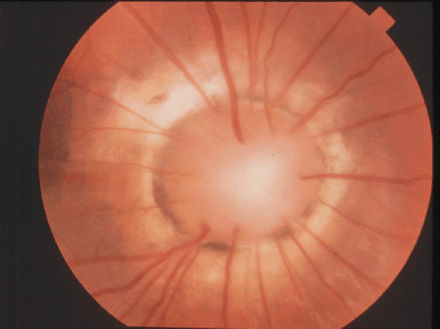



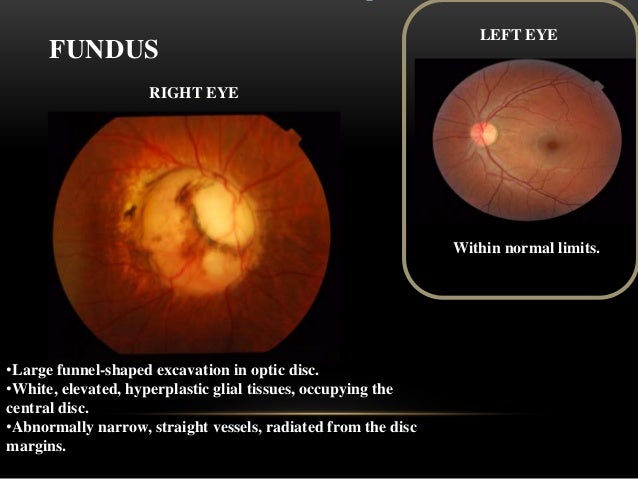

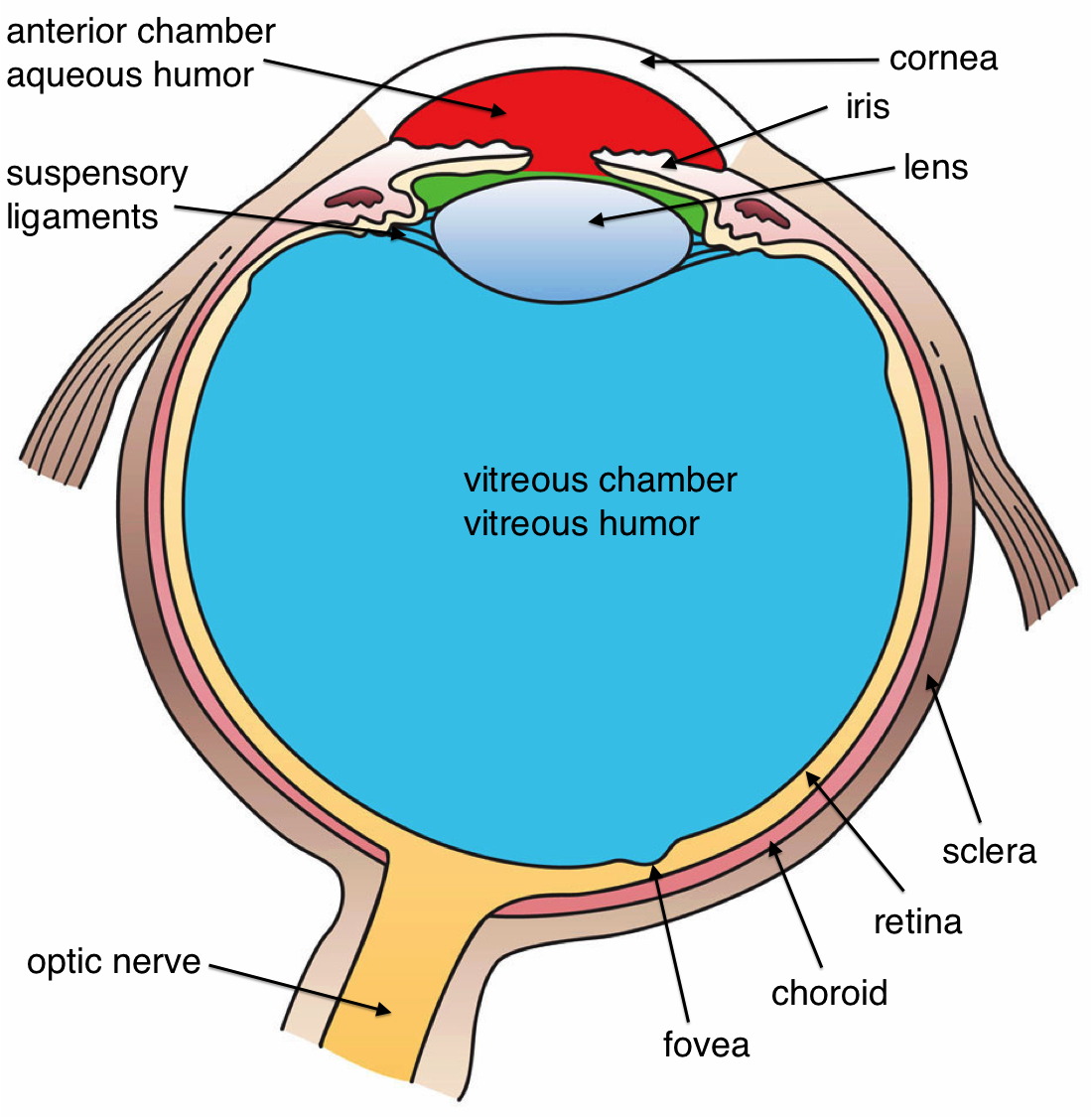


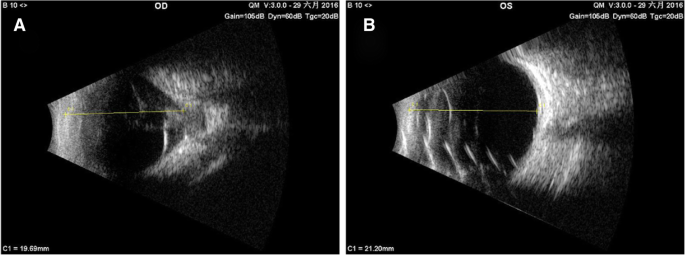

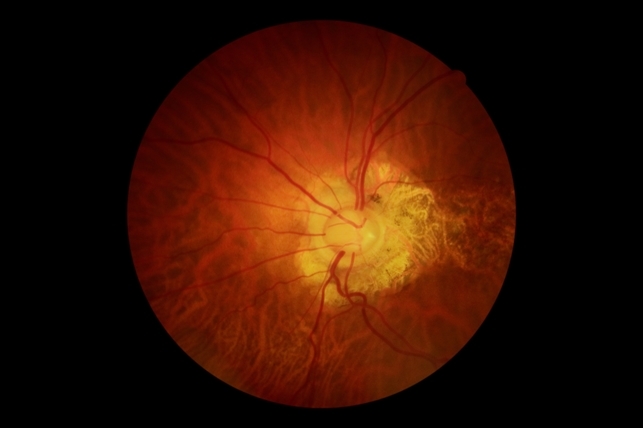
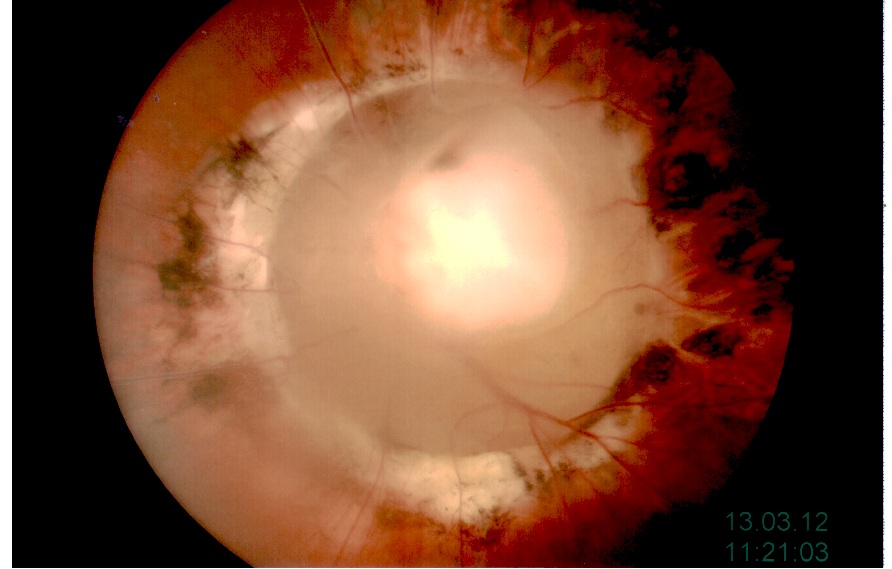




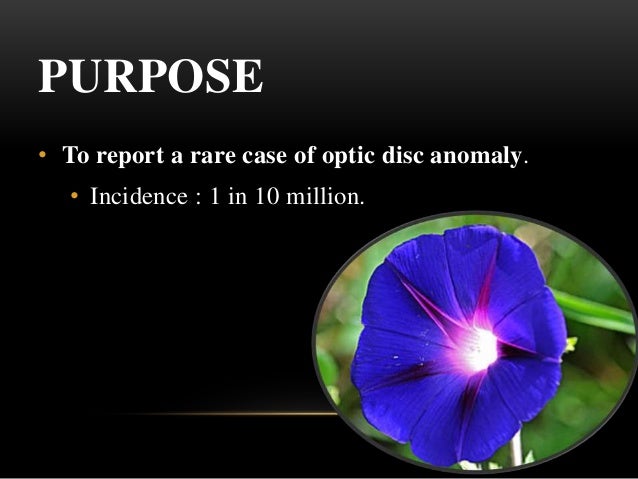

:max_bytes(150000):strip_icc()/eye-irritation-3422106-v1-5c6f224246e0fb0001f87c5d.png)
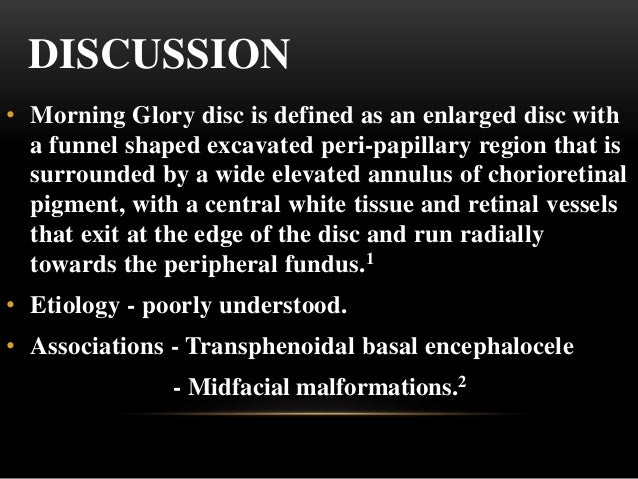






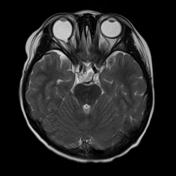



Post a Comment for "Morning Glory Syndrome Cure"